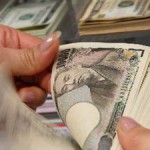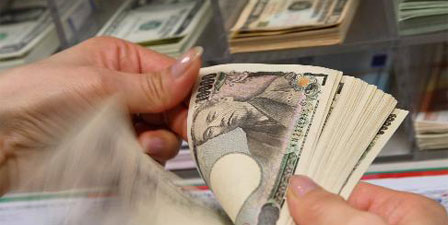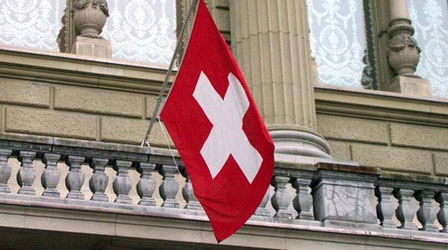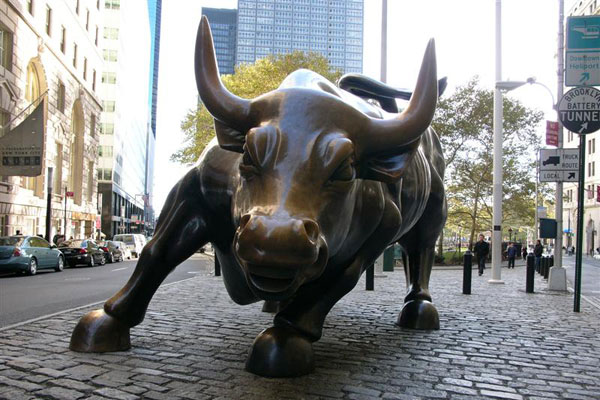Japan’s central bank is under pressure from the newly-elected government to step up its easy-money policies.
At the European Central Bank, president Mario Draghi has charted his way to unlimited freedom to create money to anaesthetize the pains of the Eurozone disease, and has explicitly promised to use that power to whatever extent seems necessary.
Even at the Bank of England, I suspect the incoming Canadian import Mark Carney will prove to be just as much a money-printer as the governor he will replace, and perhaps even more so.
Abundant money is doubly good for gold because it both provides liquidity for investment in the metal and stokes fears about the consequent long-term inflation risk.
- Although the US government denies that weakening the dollar is a policy objective, whether or not you believe them, it is happening and is likely to continue to do so, at least in terms of the euro and the yuan.
A weak dollar always favours gold over time as it’s perceived to be the “anti-dollar,” as it has sustained its real value over thousands of years, whereas “fiat currencies” – money based on trust in governments – are always ultimately created excessively to the point where their value is destroyed.
- An interest-rate environment of very low rates in real (inflation-adjusted) terms is highly favourable to gold, because there is seemingly no opportunity cost from being out of bank deposits, which in any case only offer laughable rates — and in a tangible asset with a credible potential for capital gains in all currencies.
- Any indication that equity markets are topping out and signalling a downturn, when that inevitably happens, will encourage nervous and tactically-adept investors to take their profits and switch into alternatives.
Bonds are expensive (even bulls like myself accept that). Property is becoming interesting, but has its well-known problems of illiquidity, as well as management and interest-rate risks. Cash is a dead loss in real terms. That will leave gold in a class of its own.
- Central banks were the biggest net buyers of bullion last year in four decades, accumulating about 500 tons. That demand will be sustained, and perhaps increased, underpinning the market and perhaps helping to drive it higher.
- China is becoming an increasingly powerful force driving the gold price. Zheng Zhiguang, general manager of precious metals at ICBC bank, says that despite annual growth in demand of about 14 per cent, the gold market in China is “only just beginning.”
It could be entering a period of “more sustained and steady growth” due to rising incomes and improved investment access – relaxation of gold ownership rules and the spread of gold-related investment products to tens of thousands of bank branches.”
The longer-term case for gold remains intact.
We are probably close to the bottom of the correction in the gold price and may already have seen it. The stage is being set for recovery in private-investor demand, which would trigger a renewed upsurge in the gold price, possibly driving it to a new high in dollar terms this year.
It’s time to buy.
CopyRight – OnTarget 2013 by Martin Spring







